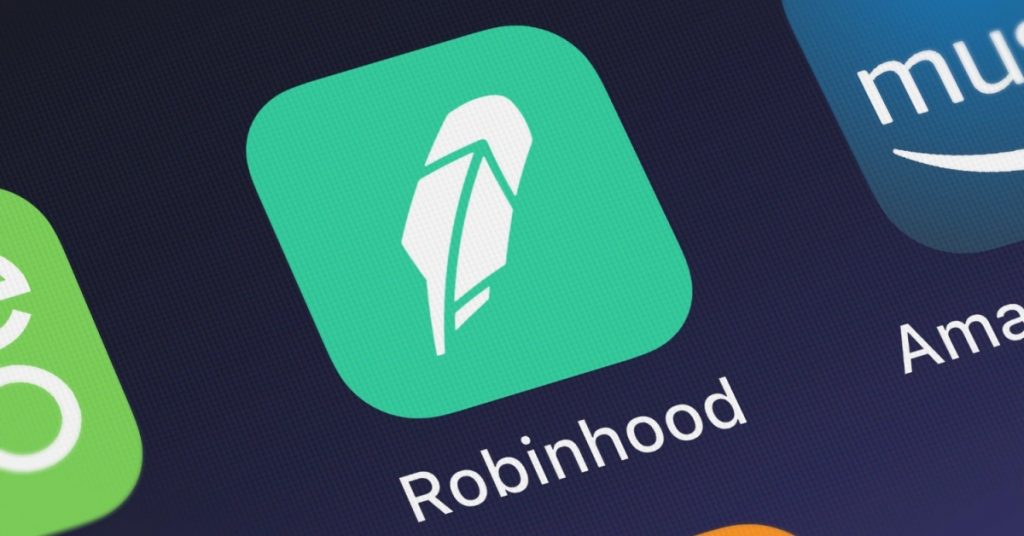
Robinhood is expected to start trading in the public market under the ticker HOOD on Thursday, with an initial price of $38, giving the company a valuation of $31.8 billion, The Wall Street Journal reported. This is at the lower end of the expected $38 to $42 range the company expected.
The investing app offers an easy way for investors to buy stocks, ETFs, and even cryptocurrency. Robinhood was a key component of the retail trading boom we saw over the past year-and-a-half – another reason its IPO has been so hotly anticipated.
In an unusual move, the company is offering about a third of its shares to its own users. Typically, companies do not offer shares to regular investors directly. Instead, someone who wants to buy a company’s stock on IPO day simply gets it on the public markets as you would any stock.
Robinhood had around 17.7 million users at the end of March, but since then has continued its growth spurt, reaching around 22.5 million — making it a serious player in the retail brokerage sector.
The IPO’s unique offering to its own customers may give it a competitive advantage – users invested in the company may be more likely to remain brokerage customers.
Regular investors can buy shares directly through the app at offering, which may mean fewer people to buy shares as trading begins, so observers will be watching to see how big the IPO pop is, if any. 2020’s IPOs had some of the biggest pops seen in recent memory, while 2021 has seen less of this effect.
Getting the kinks out before going public
Though Robinhood is set to go public as a mature company, the startup mentality is barely in the rearview mirror.
The accident-prone company settled with FINRA for $70 million, the biggest fine in the authority’s history, right before announcing its plans to go public with an S-1. Among a laundry list of issues were outages, which occurred at times when trading volatility surged. (This was unrelated to other outrages over the winter when the company was forced to pause trading of certain stocks like GameStop.)
In its preparation for IPO, the company has professionalized itself significantly from its Silicon Valley “break things” mentality that led it to carve out its position so quickly, upending how brokerages make money. One of the platform’s key innovations was not to charge fees for trading and instead allow users to make them for free.
Instead, the company makes a large portion of its revenue from payment for order flow, in which another company pays Robinhood for the right to process its trades at a price at or better than the prices of exchanges. (The company that executes Robinhood’s trade gets to know about how its investors are buying and selling – valuable information.)
Going forward, the public will have a much better glimpse at what is going on in the company, which only recently disclosed its user numbers and amount of assets in its custody, as well as pending litigation and other issues and risks.
